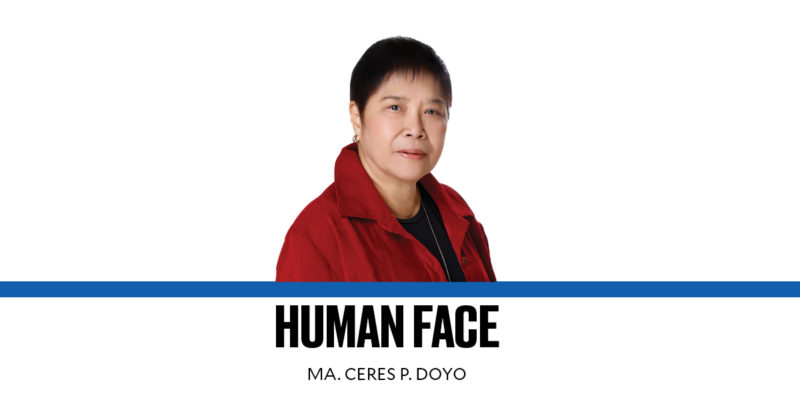As we address the issue of whether the Philippines should welcome around 50,000 refugees from Afghanistan, who are in the process of becoming US residents, it brings to mind the times when our country served as a temporary sanctuary for those fleeing their homelands in search of refuge. The Philippines was never their first choice as a final destination, which can be disheartening for us Filipinos. However, if they had stayed, they would have contributed to our country’s population growth. Nonetheless, these refugees, despite facing challenges and not always receiving top-tier accommodations, found solace in our shores. As I have mentioned in the past, Filipinos are known for their hospitality and the willingness to go the extra mile. We always have room for one more, and our motto is “there is always enough, we can add water to the soup.” However, these welcomed aliens eventually leave because they believe there are better places than our 7,641 islands. So much for our hospitality. As for those who have chosen to stay in the Philippines for good, we can only hope that they have found unexpected treasures in this country.
Now, let’s explore why the Philippines became their foster home instead of our wealthier neighbors. In the case of the Vietnamese refugees who fled by boat after the fall of Saigon in 1975, which marked the end of the US involvement in the Vietnam War, the Philippines served as a nearby refuge due to its proximity to the South China Sea (West Philippine Sea) and its alliance with the US. These refugees endured perilous boat journeys across choppy waters, but upon reaching our shores, they were not turned away. Instead, they were taken to various refugee camps established by the United Nations High Commissioner for Refugees. I have written stories about their struggles, including those who had nowhere to go after nearly two decades due to various complicated factors. However, I have also shared a happier story about a permanent village in Palawan that was built by the Catholic Church for those who chose to stay. Unfortunately, I have been informed that the village is no longer what it used to be, which speaks volumes.
If we do host Afghan refugees, they may have different circumstances compared to the refugees we have hosted in the past. Previous refugees were ordinary citizens fleeing oppressive situations, such as European Jews seeking temporary shelter during World War II at the invitation of former President Manuel L. Quezon. There were also the Vietnamese and refugees from neighboring countries, many of whom stayed in the Philippines for nearly two decades before finding resettlement elsewhere. The Afghan refugees, on the other hand, would be escaping extremist Taliban rule, and unlike the Vietnamese who braved dangerous waters, these Afghan refugees would be physically transported to the Philippines by the US government. We are left with questions: Where are they coming from? Afghanistan? Or are they already in another country, waiting to be transported by land, sea, or air? What is the process like? Will they arrive all at once or in batches? How long will they stay, and where will they be accommodated? Currently, we lack information on these matters. Furthermore, what is the involvement of the Philippine government in this situation? According to Philippine Ambassador to the US Jose Manuel Romualdez, the US will cover all expenses, including food and lodging. The choice to bring the refugees to the Philippines is based on the country’s alliance with the US and the presence of a significant US embassy, which ensures quick processing. This may come across as impertinent, but why not Guantanamo? It is closer to the US mainland.
Now, let’s turn our attention to the recent statement from Bishop Ruperto Santos, the vice-chair of the Catholic Bishops’ Conference of the Philippines’ episcopal commission for the pastoral care of migrants and itinerant people. He believes that the Philippines, as a signatory to the United Nations 1951 Refugee Convention, has a duty to extend acts of charity and compassion towards the refugees. He quotes Jesus, saying, “I was a stranger, and you welcomed me.” Considering that the Afghan refugees primarily come from a highly restricted society, unlike Muslim societies in Southeast Asia, this poses an interesting situation for us as hospitable Christians and Muslims in this country. We have not encountered individuals like them before, and it would be intriguing to witness how hosting these Afghans will unfold.
Denial of responsibility! VigourTimes is an automatic aggregator of Global media. In each content, the hyperlink to the primary source is specified. All trademarks belong to their rightful owners, and all materials to their authors. For any complaint, please reach us at – [email protected]. We will take necessary action within 24 hours.


